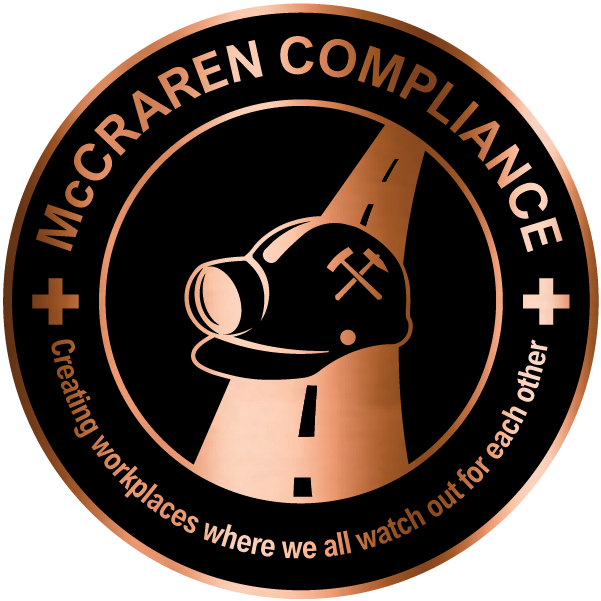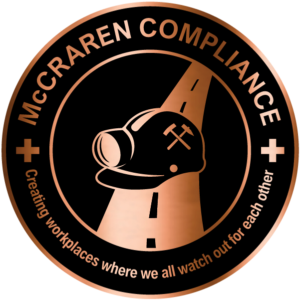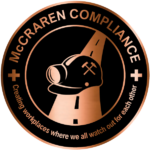
Columbus, OH — A recent study of workers in their 30s has found that 1 in 10 use alcohol, marijuana or hard drugs such as cocaine either right before or during their shift.
A team led by Ohio State University researchers used data from nearly 5,500 workers in the National Longitudinal Study of Youth, which began in 1997 with participants ages 12-17 and continued until 2022. The workers ranged in age from 37 to 42 when they began providing information on their substance use behaviors.
“Food preparation and serving” employees had the highest percentage of workers who reported drug or alcohol use just before a shift or while at work (15.5%) in the past month. They were followed by workers in transportation and material moving (11.8%), installation/maintenance/repairs (11.7%), and arts/entertainment/recreation (11%).
“It was particularly alarming to observe higher levels of substance use in the workplace among workers with safety-sensitive occupations – especially skilled trades and transportation/material moving,” the researchers wrote in the study.
They recommend that employers craft comprehensive substance use policies and provide supportive interventions.
In a press release, lead study author Sehun Oh, associate professor of social work at OSU, said workers in blue-collar jobs and those that involve heavy manual labor “often have limited access to support to address substance use.” He added, “It’s easy to blame someone for using substances, but we want to pay attention to understanding their working conditions and barriers at the workplace.”
The study was published in the American Journal of Industrial Medicine.
McCraren Compliance offers many opportunities in safety training to help circumvent accidents. Please take a moment to visit our calendar of classes to see what we can do to help your safety measures from training to consulting.
Original article published by Safety+Health an NSC publication


